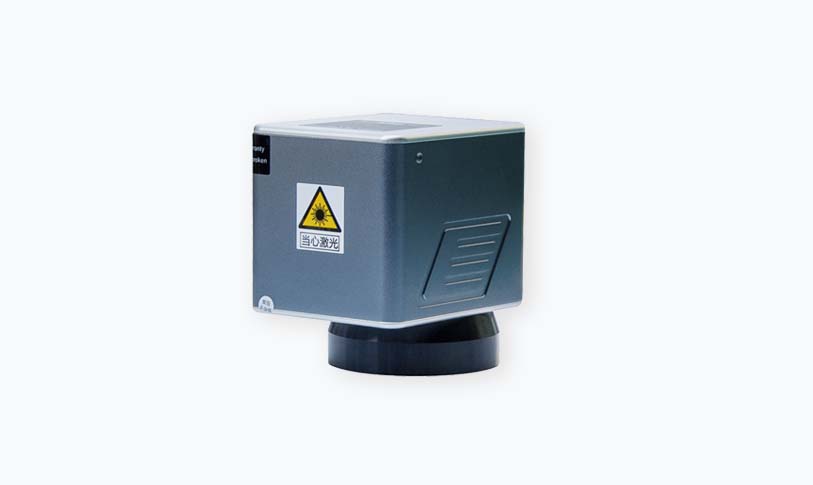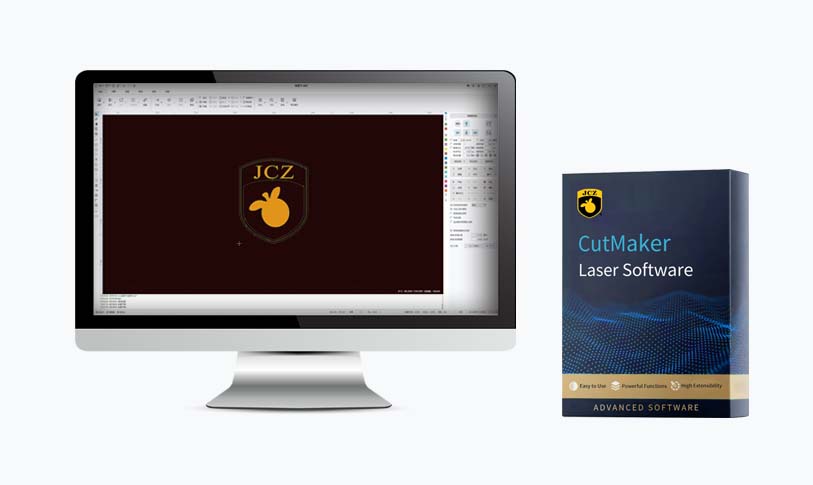[50w co2 laser]Exploring the Capabilities and Applications of 50W CO2 Laser Technology in Modern Industry
News 2024-10-29
****In recent years, the manufacturing and design industries have seen a dramatic transformation due to the advent of laser technology. Among the various options available, the 50W CO2 laser stands out as one of the most versatile and widely used tools. This article explores the capabilities, applications, and advantages of 50W CO2 lasers, shedding light on why they have become indispensable in various fields.
Understanding CO2 Laser Technology
CO2 lasers utilize carbon dioxide as the primary gas in their laser tube, producing a wavelength of approximately 10.6 micrometers. This infrared light is highly efficient for cutting and engraving materials such as wood, acrylic, leather, and even certain metals. A 50W CO2 laser indicates that the laser can produce a maximum output of 50 watts of power, making it suitable for various applications, including cutting, engraving, and marking.
Key Benefits of 50W CO2 Lasers
1. **Material Versatility**: One of the most significant advantages of 50W CO2 lasers is their ability to work with a wide array of materials. From non-metallic materials like bamboo and paper to more robust options like acrylic and leather, the flexibility allowed by these lasers makes them ideal for industries ranging from crafting to manufacturing.

Exploring the Capabilities and Applications of 50W CO2 Laser Technology in Modern Industry
3. **Non-contact Processing**: Since CO2 lasers cut and engrave material without direct contact, there is minimal physical stress on the workpiece. This feature not only reduces the risk of material distortion but also lowers wear and tear on tooling.
4. **Speed and Efficiency**: Compared to traditional cutting methods, a 50W CO2 laser is notably faster. The high-speed processing allows for swift production cycles, making it an excellent option for businesses looking to enhance productivity without compromising quality.
5. **Cost-Effective Operations**: While the initial investment in a 50W CO2 laser system may seem significant, the long-term savings can be considerable. The reduced waste produced, efficient energy usage, and lowered labor costs contribute to a more cost-effective operation.
Applications in Various Industries

Exploring the Capabilities and Applications of 50W CO2 Laser Technology in Modern Industry

Exploring the Capabilities and Applications of 50W CO2 Laser Technology in Modern Industry
1. **Manufacturing and Prototyping**: Many manufacturers utilize 50W CO2 lasers for cutting components, creating prototypes, and developing non-metallic parts at high precision. This technology enables faster iterations and adjustments during the design process.
2. **Crafting and DIY Projects**: Hobbyists and small business owners use home-based 50W CO2 lasers for crafting projects. Whether it’s creating personalized gifts, home décor, or custom apparel, these lasers allow users to realize their creative visions with precision.
3. **Sign Making**: The ability to engrave and cut detailed designs makes CO2 lasers essential in the sign-making industry. From storefront signs to awards and plaques, the flexibility and precision of these lasers cater to diverse client needs.
4. **Textile and Fashion**: The fashion industry frequently employs 50W CO2 lasers to create intricate designs on fabrics. They are also used in the production of patterns, allowing for innovative designs and fabrics to be produced with ease.
5. **Medical Fields**: In the medical sector, 50W CO2 lasers can be used in applications for cutting and engraving components for medical devices, as well as for specific surgical applications due to their precision.
Maintenance and Considerations
To maximize the performance and longevity of a 50W CO2 laser, regular maintenance is crucial. This includes cleaning mirrors and lenses, ensuring that gas levels are adequate, and checking the alignment and calibration of the machine. Natural wear and tear should be anticipated, and spare parts should be considered for longer-term operations.
Conclusion
The 50W CO2 laser is a pivotal tool in modern fabrication and design, combining versatility, precision, and efficiency in one package. Its wide array of applications and benefits make it invaluable for businesses across different sectors. As technology advances, it is likely that the role of CO2 lasers will continue to grow, leading to innovations that could transform manufacturing and crafting processes even further. Investing in a 50W CO2 laser could provide a significant competitive advantage, keeping businesses at the forefront of their respective industries.